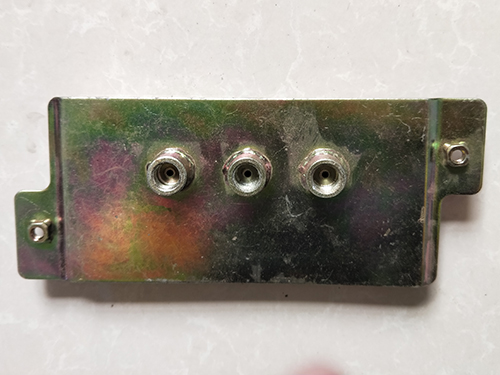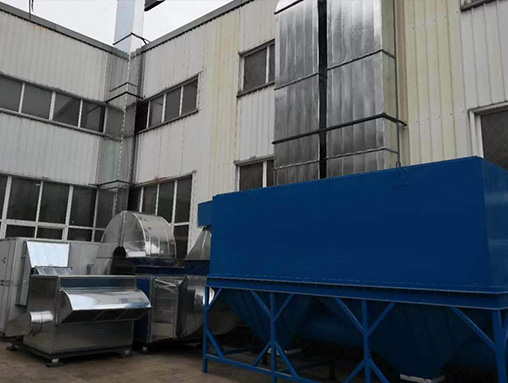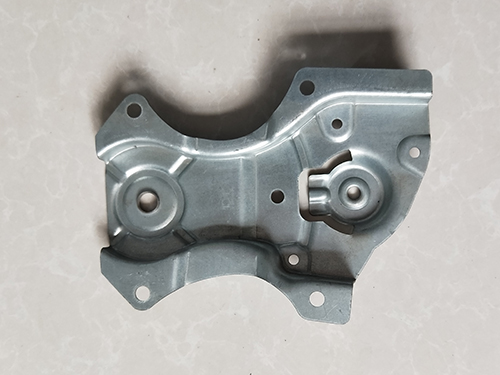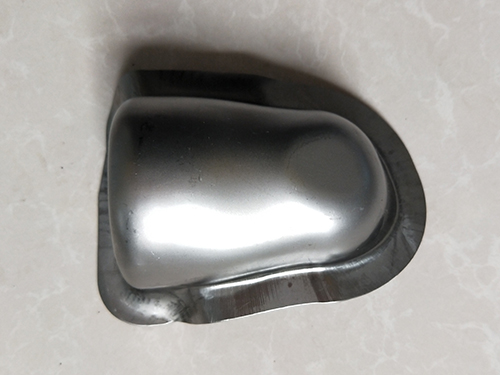How much do you truly understand about the characteristics and processes of stam
The stamping we refer to is generally classified according to the process, which can be roughly divided into two categories: separation process and forming process. The so-called separation process is also known as punching, which aims to detach the stamped part from the sheet metal along the contour. Of course, we also have quality requirements for the separation section. The material of the sheet metal used in stamping directly affects the quality of the stamped product. When selecting stamping materials, we need to have thickness, uniformity, smooth surface without scratches or cracks, and other requirements for elongation coefficient, yield strength ratio, and work hardening.
We usually do not have any further cutting programs for cold stamping parts, or only a small amount of cutting and repairing. The accuracy and surface condition of hot stamping parts are not as good as those of cold stamping parts, but they are still stronger than castings and forgings. Because stamping parts are thinner and stronger than castings and forgings, stamping parts can produce workpieces with very complex processes that cannot be manufactured by other processes (workpieces with reinforcing ribs or flanges), and the accuracy of stamping parts is very accurate, even reaching the micrometer level. Another advantage is the use of composite molds, especially multi station progressive molds. We can complete multiple stamping processes on one press, achieving automated production, improving production efficiency, and reducing production costs.







